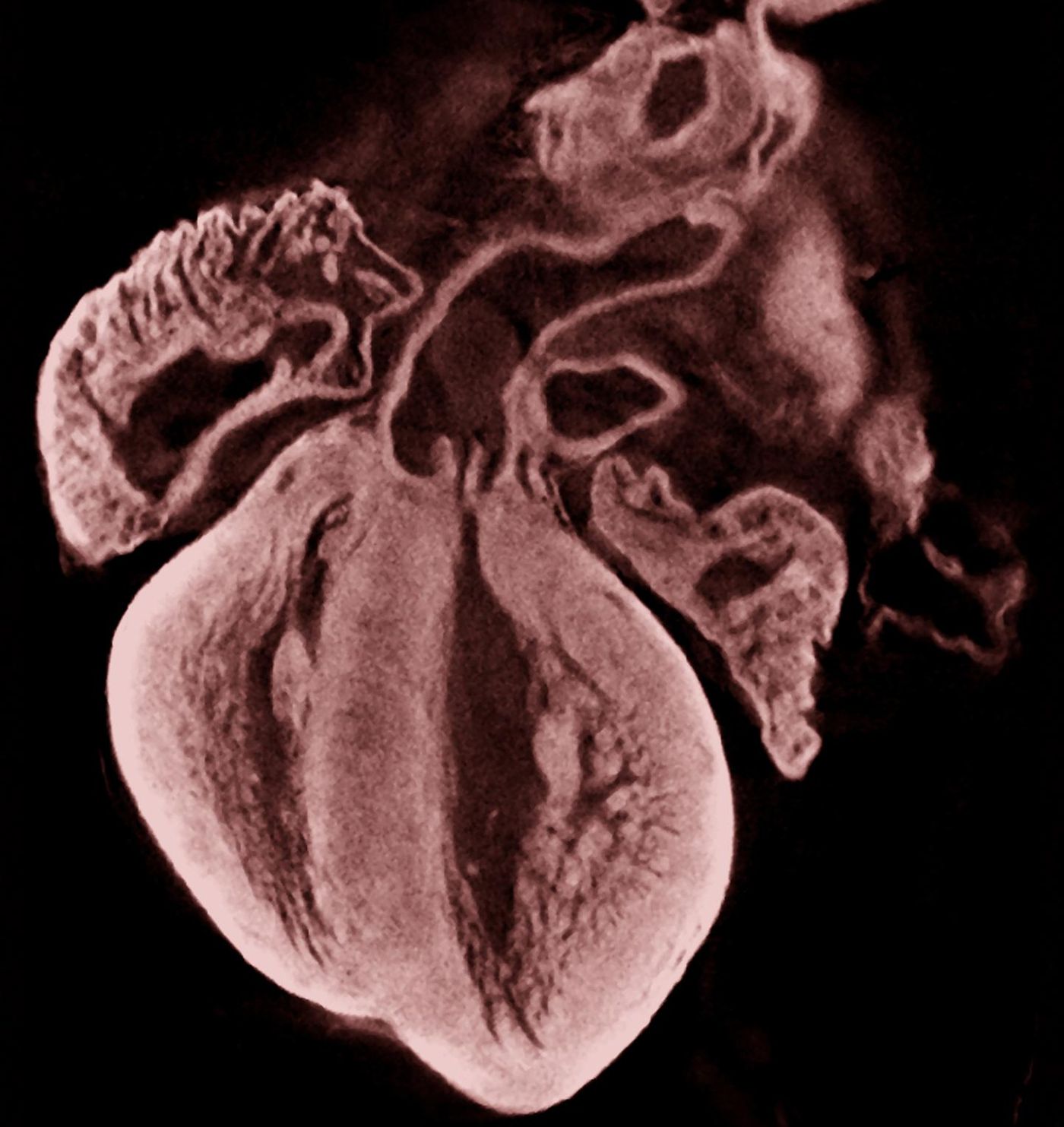Heart defects are the most common birth defects across the globe, yet scientists know very little about the environmental and genetic influences that cause them. A new study from the Victor Chang Institute chisels away some of the mystery with research findings implicating oxygen deficiency and the resulting stress response in embryonic cells that occurs, as well as the numerous environmental factors that can lead to oxygen deficiency.

We often hear that smoking during pregnancy is detrimental to a developing embryo, but what we aren’t usually told is that it is oxygen deficiency that leads to birth defects, and smoking is just one of many behaviors that can cause it. Hypertension, carbon monoxide exposure, high altitude, prescription medication, and a tangled umbilical cord are all factors known to cause oxygen deficiency.
Whichever factor or combination of factors that are involved a mother’s pregnancy, the occurrence of oxygen efficiency ultimately leads to a stress response in embryonic cells that sends emergency signals in the cell for it to halt protein production, potentially in effort to conserve energy so the cell doesn’t die. However, without proteins to properly build vital organs like the heart, birth defects can develop.
Just like many different factors can lead to a state of oxygen deficiency in a developing embryo, factors other than oxygen deficiency can lead to the same stress response in embryonic cells: viral infection, exposure to pollution, high blood glucose, poor nutrition, and a high temperature.
In their study, Victor Chang Institute scientists used a mouse model to closely observe the stress response process and the role it plays in the development of heart defects once a baby is born. Over eight hours, the researchers reduced oxygen levels from a normal level of 21 percent to a very low 5.5 percent.
As the mice models entered a state of oxygen deficiency, the researchers saw the stress response act out as described. The mice born later exhibited the same types of heart defects that occur in human newborns.
Developing embryos are extremely vulnerable to the environment of the mother, and females are constantly being thrown new information about what to eat and what not to eat, what to do and what not to do. The factors the researchers in this study saw to affect oxygen deficiency and the stress response in embryonic cells are normally associated with an unhealthy lifestyle, but some females might not be particularly affected poor nutrition, high altitude, or exposure to pollution (at least not right away) or moved to avoid many of the factors until they become pregnant. That is, if they are aware about the potential their lifestyle choices to affect their baby’s lifelong health.
Lastly, the researchers from the study also believe that the process of oxygen deficiency and cellular stress leads to not just heart defects, but also defects affecting the vertebrae, kidneys, and other parts of the body. “Surprisingly, this cellular stress response has been used for hundreds of millions of years and it is only now that we have discovered that it can cause organs not to form properly,” concluded the leader of the study, Professor Sally Dunwoodie.
This study was recently published in the journal
Development.
Source:
The Company of Biologists









